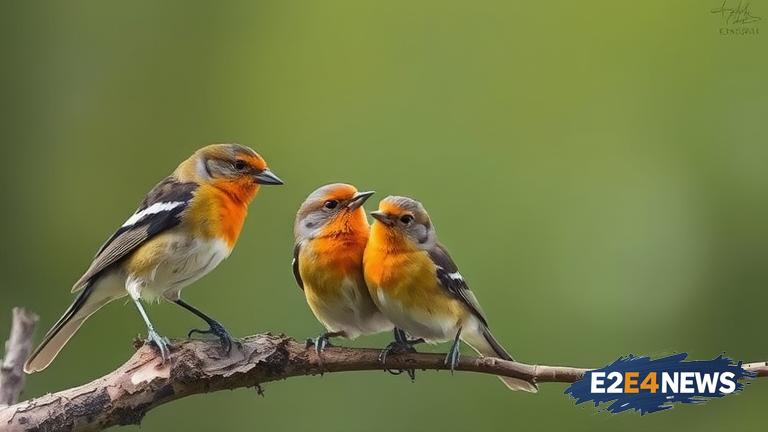In a bizarre yet intriguing display of behavior, birds in Michigan have been spotted engaging in anting, a ritual where they deliberately come into contact with ants. This phenomenon has left ornithologists and wildlife enthusiasts alike scratching their heads, as the motivations behind this behavior remain unclear. Anting has been observed in various bird species, including robins, blue jays, and sparrows, all of which seem to be participating in this enigmatic activity. The birds will often pick up ants in their beaks, only to then rub them all over their feathers, or in some cases, even ingest them. While some speculate that anting may serve as a form of pest control, where the birds use the ants to rid themselves of parasites, others propose that it could be a means of acquiring nutrients or even a form of play. Despite the uncertainty surrounding the purpose of anting, one thing is clear: it is a widespread behavior among Michigan’s avian population. Observations of anting have been reported in numerous locations throughout the state, from urban backyards to rural woodlands. The frequency and duration of these events vary, with some birds engaging in anting for mere seconds, while others may spend several minutes participating in this behavior. As researchers continue to study anting, they are also exploring the possibility that this behavior may be linked to specific environmental factors, such as changes in temperature or humidity. Furthermore, the role of ants in this behavior is also being examined, with some scientists suggesting that the chemical composition of the ants may hold the key to understanding the birds’ motivations. In addition to the scientific community, the general public has also taken notice of anting, with many residents of Michigan sharing their own observations and photos of birds engaging in this behavior. Social media platforms have been filled with images and videos of birds anting, sparking a mix of fascination and concern among the online community. While some have expressed worry about the potential impact of anting on the birds’ health, others see it as a unique opportunity to learn more about the complex and often mysterious world of bird behavior. As the study of anting continues to unfold, it is likely that new insights will be gained, shedding light on the intricacies of this phenomenon and its place within the broader context of avian behavior. Ultimately, the observation of anting in Michigan serves as a reminder of the awe-inspiring diversity and complexity of the natural world, and the many secrets that still remain to be uncovered. The phenomenon of anting is not only intriguing but also highlights the importance of continued research and observation of the natural world, as we strive to understand the intricate relationships between species and their environments.
